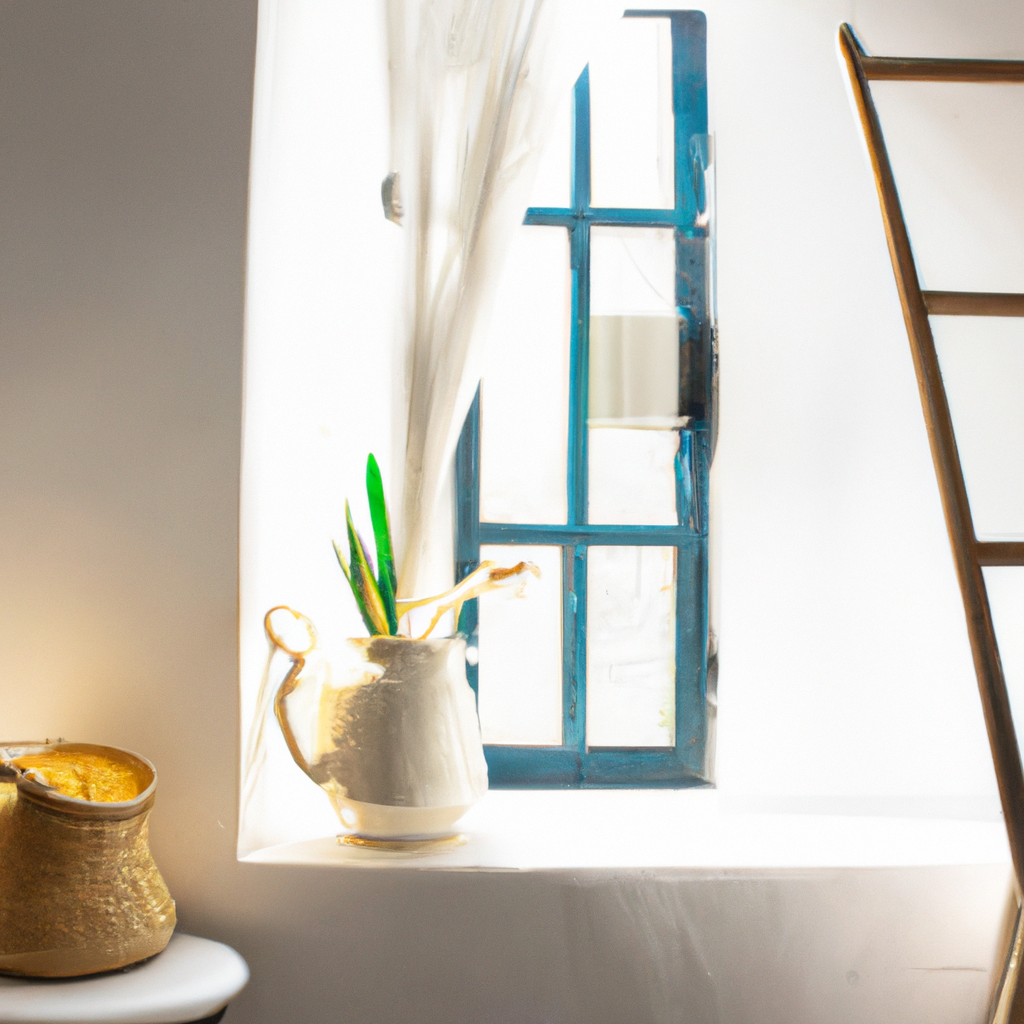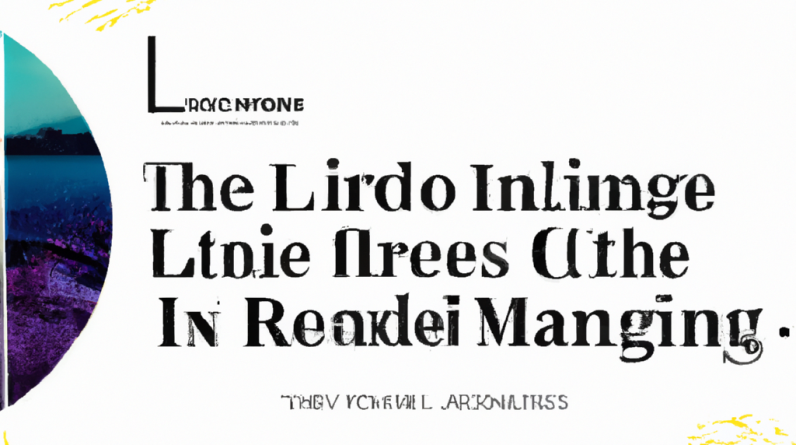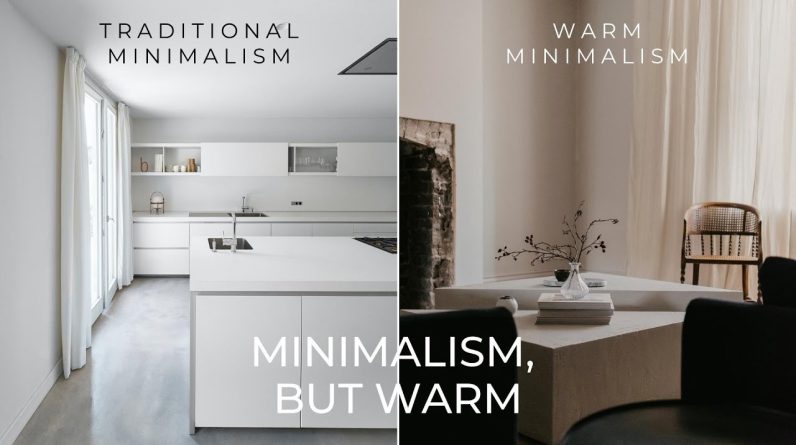
Welcome to the world of Warm Minimalism! In this video, we’ll explore the concept of Warm Minimalism, a new form of minimalism that is more inviting and cozy than traditional minimalist interiors. We’ll delve into the history of minimalism, starting in the 20th century as a reaction to overly decorative design styles. From there, we’ll learn about the key characteristics of warm minimalism, including a muted neutral and warm color scheme, natural material combinations, sculptural accents, and the layering of textures and objects. If you’re looking for inspiration, we’ll also recommend some designers and brands to check out. So sit back, relax, and let’s discover the beauty of Warm Minimalism together!
In this video by Reynard Lowell, we are introduced to the concept of Warm Minimalism – a design style that embraces the principles of minimalism while still creating a cozy and inviting space. The video covers the history of minimalism, the characteristics of warm minimalism, and even suggests some designers and brands to follow for inspiration. Whether you’re looking to transform your own home or simply curious about this trending design style, this video is a great resource. So grab a cup of tea and join us as we explore the world of Warm Minimalism!
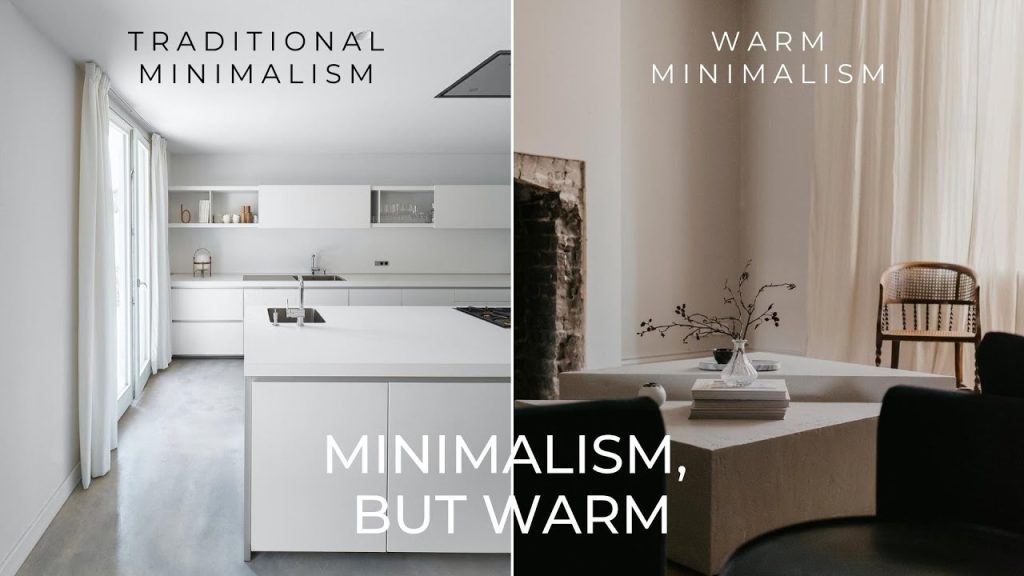
Table of Contents
Overview
Warm Minimalism is a new form of minimalism that focuses on creating inviting and cozy interiors. Unlike traditional minimalism, which can often feel sparse and uninviting, warm minimalism balances clean lines and reduced color palettes with layers of texture and warmth. This design approach draws inspiration from Belgian and Japanese interiors and has gained popularity in recent years.
History of Minimalism
Minimalism originated in the 20th century as a reaction to the overly decorative design styles of the 19th century. It began with architectural minimalism in the 1920s and 1930s, with the Bauhaus school and the development of the International style. This style emphasized the use of new materials like glass, steel, and concrete, and rejected all color and ornaments. Over time, minimalism evolved to be more about intentional living with less, rather than extreme decluttering.
Key Characteristics
- Muted Neutral and Warm Color Scheme: Warm minimalism uses warm, muted neutral colors as a base, such as soft beige, cream, and warm whites with hints of warmth. Venetian plaster finishes are also popular for adding a warm textured backdrop to the space.
- Natural Material Combinations: Natural materials like wool, linen, leather, paper, and handmade ceramics are key in warm minimalism. Layering different textures and combining simple materials adds depth and warmth to the space.
- Sculptural Accents: Sculptural accents, such as organically shaped furniture, light fixtures, mirrors, or ceramic pieces, soften the hard edges of minimalistic spaces and add visual interest.
- Filtered Light: Warm minimalist interiors often utilize sheer curtains to gently diffuse light for a soft glow. Layering different sources of lighting, such as table lamps and warm-toned bulbs, creates a cozy atmosphere.
- Symmetrical but Balanced Design: While traditional minimalism focuses on symmetry, warm minimalism creates visual interest through symmetrical yet ordered and harmonious designs. Mismatched furniture and one-of-a-kind statement pieces are balanced by placing similar objects elsewhere in the room.
- High Contrast Moments: Warm minimalism incorporates black accents, such as window frames, lamps, hardware, or decor items, in small amounts to add visual contrast to the otherwise neutral color scheme.
- Timber Architectural Details: Light woods like white oak or birch are often used for architectural details, such as ceiling beams or wall cladding. Wood flooring, including herringbone or chevron patterns, adds visual interest.
- Layering of Textures and Objects: Layering is a defining characteristic of warm minimalism. It involves layering textures, objects, and light to create a space that embraces the clean look of minimalism while adding warmth and character.
Exploring Warm Minimalism
Several designers and brands exemplify warm minimalism in their work. Norm Architects, known for their book “Soft Minimal,” showcase warm minimalism through their use of muted colors, natural materials, and sculptural accents. House of Gray blends cozy and minimalistic elements in their designs, creating inviting spaces that embrace warmth and simplicity. Anthology Interiors is known for creating spaces that are both minimalistic and inviting, with a focus on layering textures and objects.
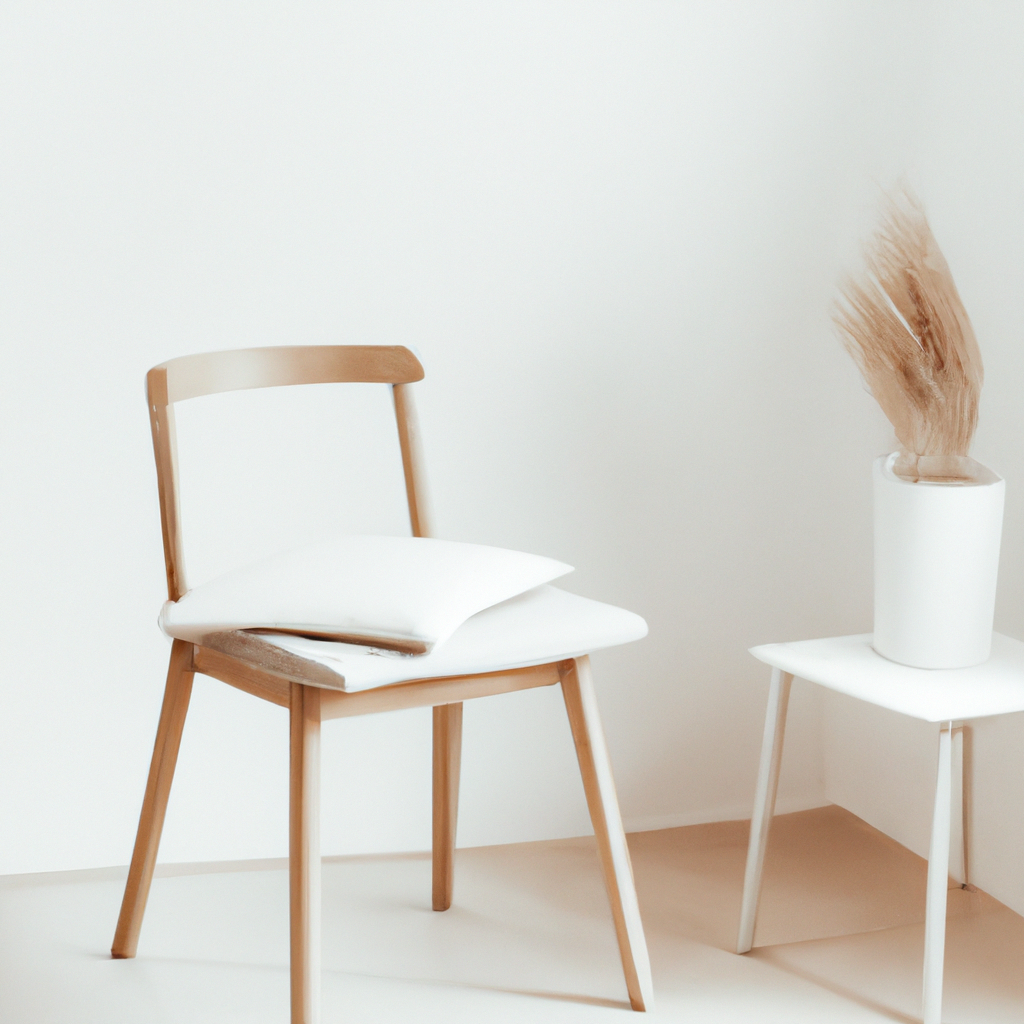
Designers and Brands for Inspiration
- Norm Architects: Norm Architects is a design studio known for their work in warm minimalism. They have a book called “Soft Minimal” that showcases their design philosophy and offers inspiration for those interested in warm minimalism.
- House of Gray: House of Gray is a design firm that specializes in creating cozy and minimalistic interiors. Their work blends warmth, simplicity, and functionality to create inviting and harmonious spaces.
- Anthology Interiors: Anthology Interiors focuses on creating spaces that are both minimalistic and inviting. They embrace warm minimalism through the use of natural materials, curated accessories, and layered textures.
- Menu: Menu is a brand that offers furniture, lighting, and accessories inspired by Scandinavian design principles. Their collection includes minimalist and warm minimalist pieces that add a touch of elegance to any space.
- Vincent van Duysen: Vincent van Duysen is a Belgian architect known for his minimalist designs that emphasize natural materials, clean lines, and a sense of warmth and harmony.
- Axel Vervoordt: Axel Vervoordt is a renowned Belgian designer and art collector. His designs often incorporate elements of warm minimalism, utilizing natural materials and creating spaces that are simple yet rich in texture.
Conclusion
Warm minimalism offers a refreshing take on minimalistic interiors, creating spaces that are inviting, cozy, and harmonious. By incorporating a muted neutral color scheme, natural materials, sculptural accents, layered textures, and balanced design, warm minimalism strikes a balance between simplicity and warmth. Designers like Norm Architects, House of Gray, and Anthology Interiors, as well as brands like Menu, provide inspiration for anyone interested in embracing warm minimalism in their own spaces. Whether you’re drawn to the Belgian or Japanese influences, warm minimalism offers a comfortable and inviting design approach that celebrates both simplicity and comfort.
